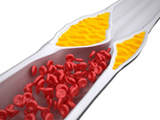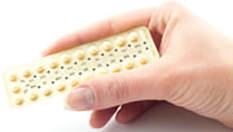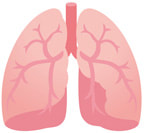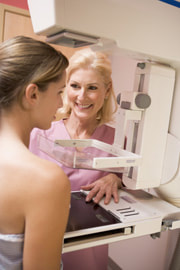NEWS UPDATES | FACT SHEETS | BROCHURES | BOOKS | PUBLICATIONS | VIDEOS | FILMS | REPORTS
Click links above to view any of the BCPI resource pages
Click links above to view any of the BCPI resource pages
What smart women know before choosing the Pill
|











